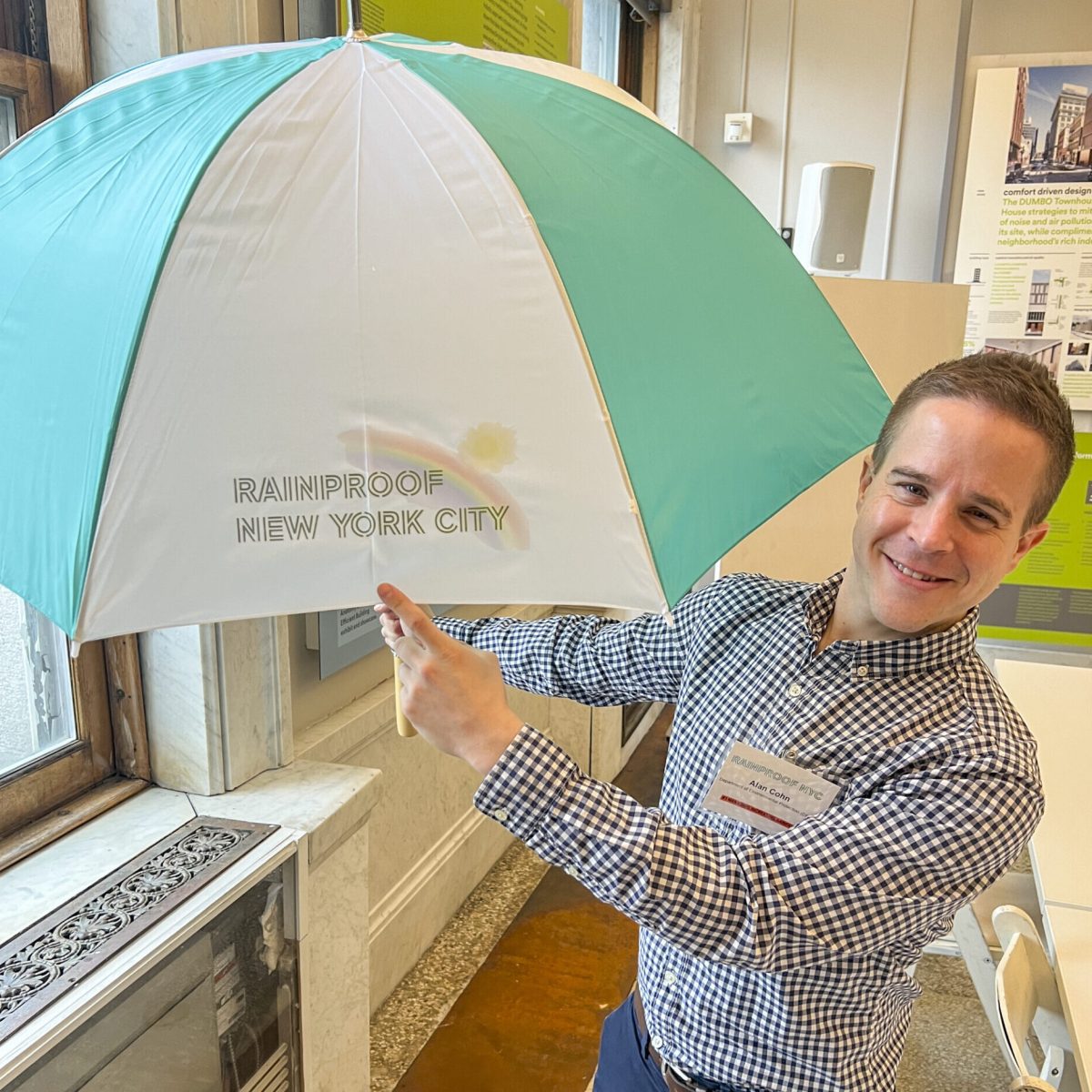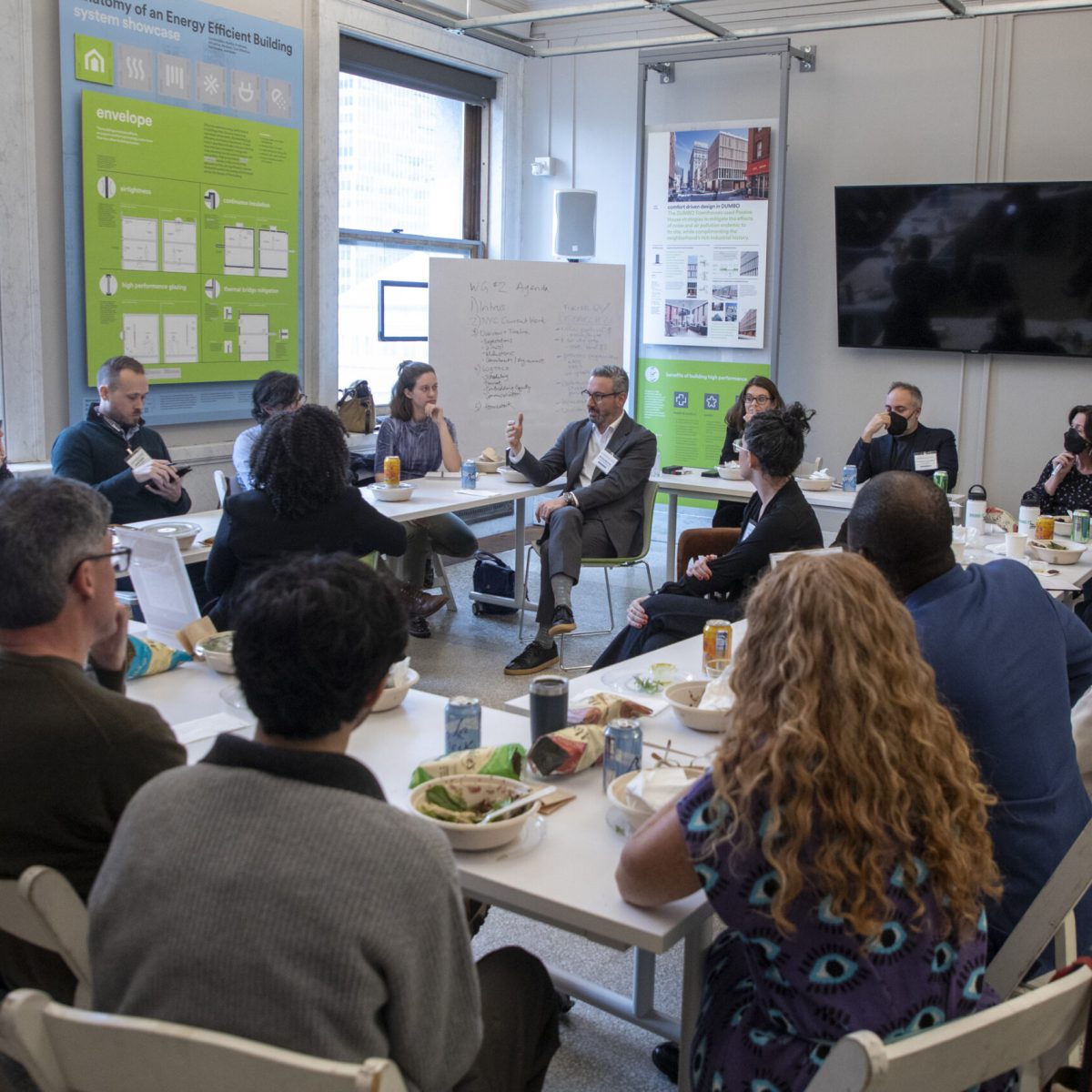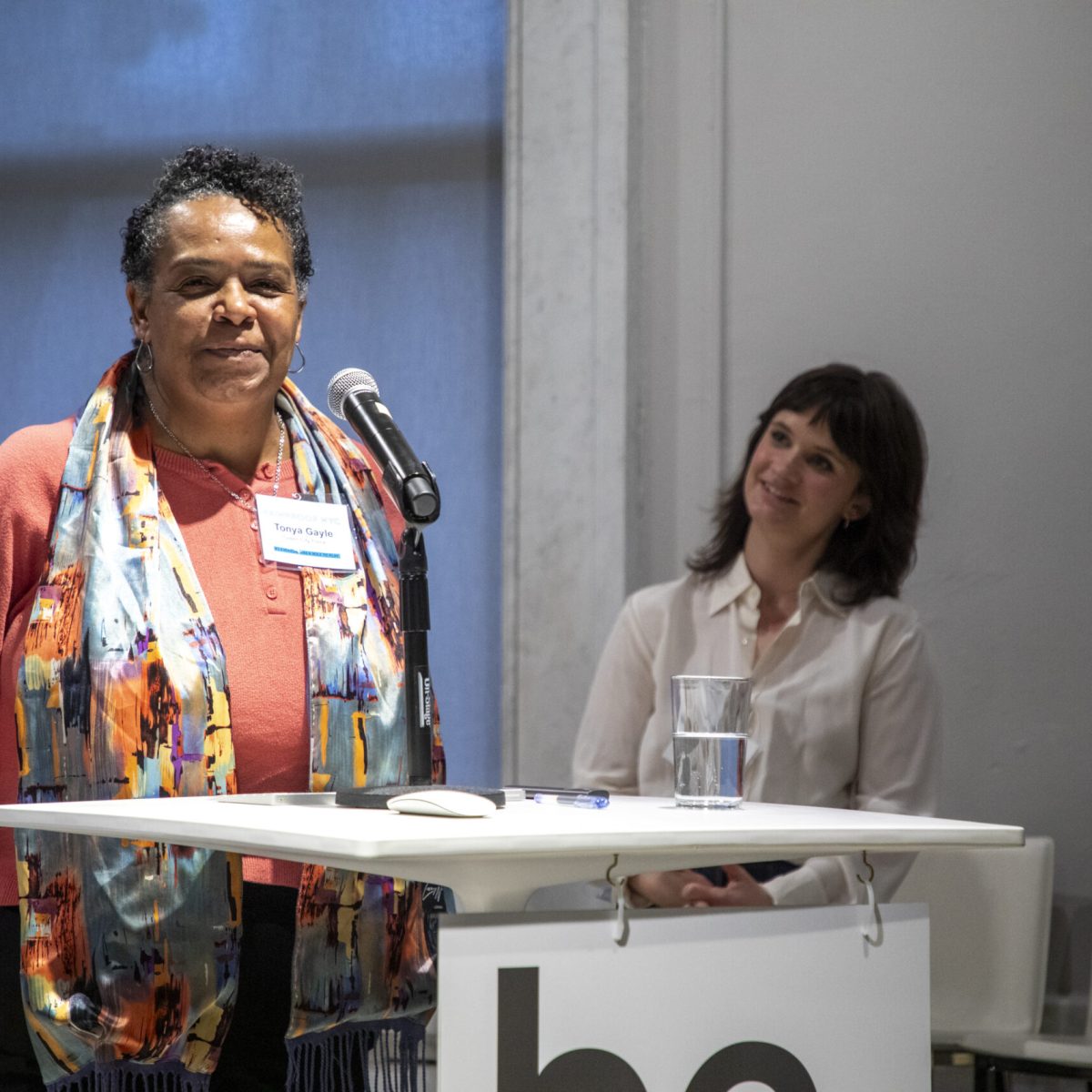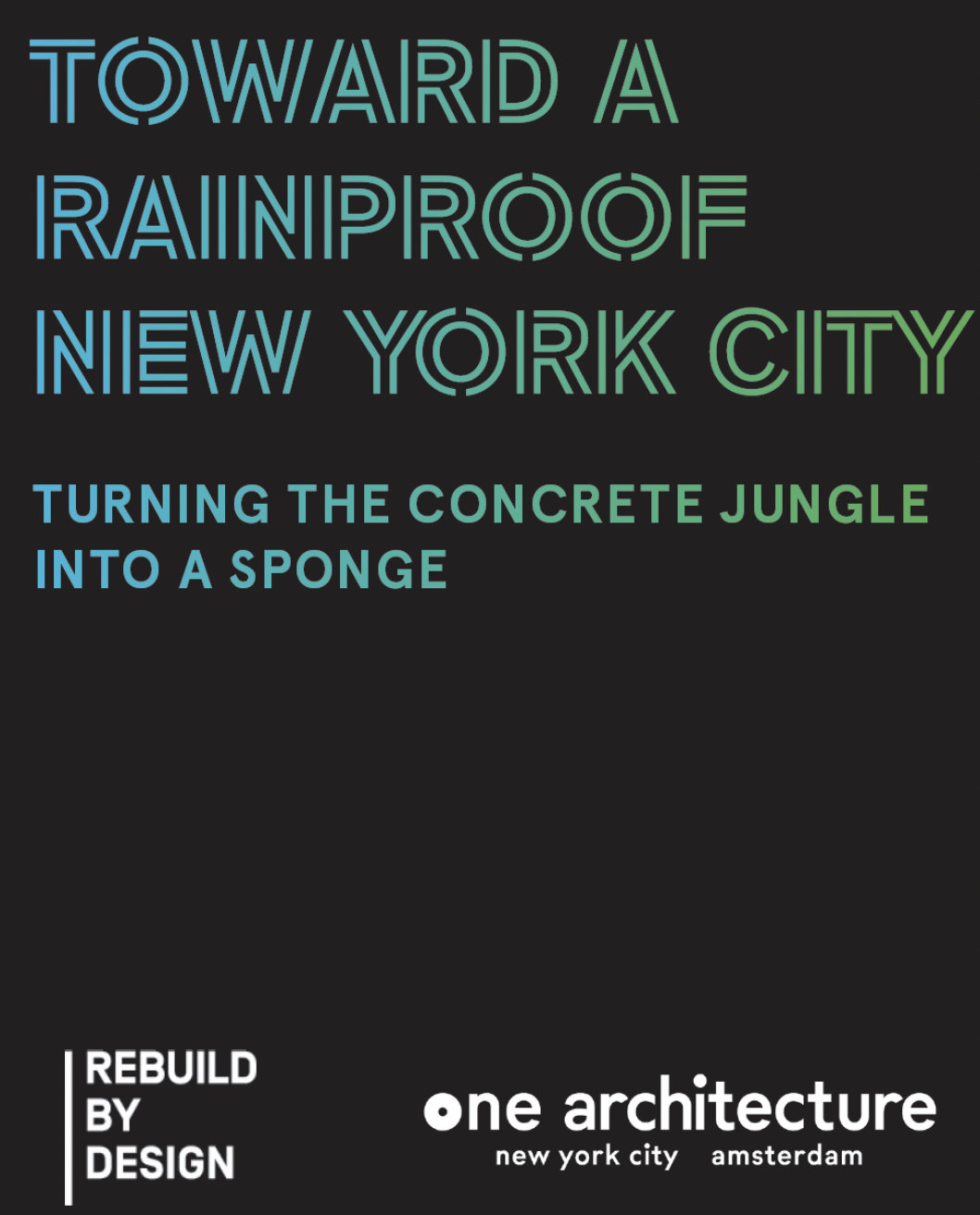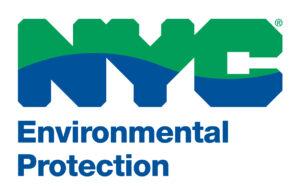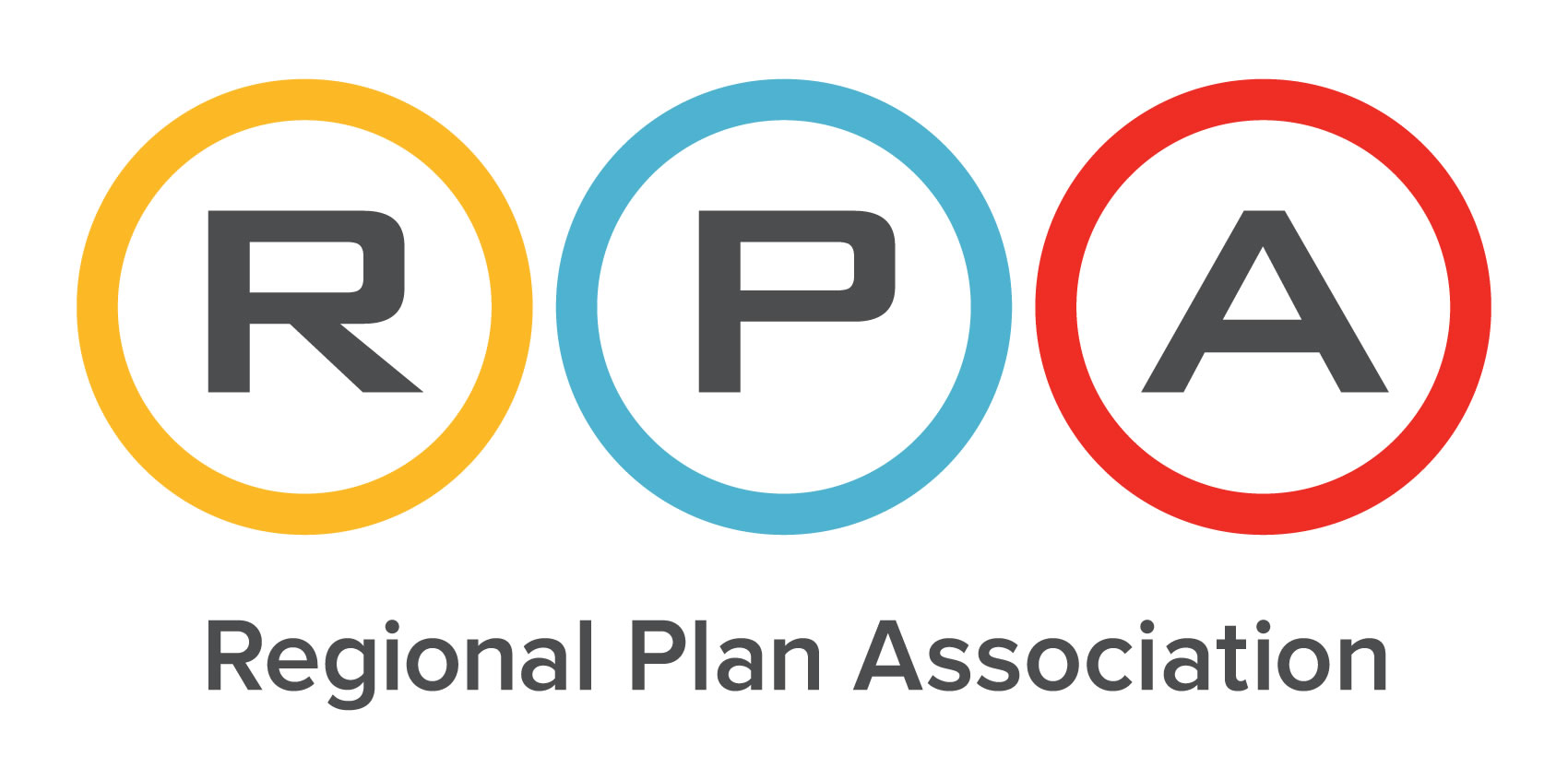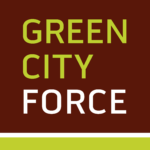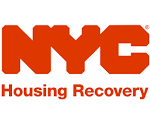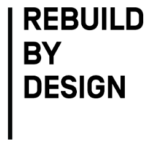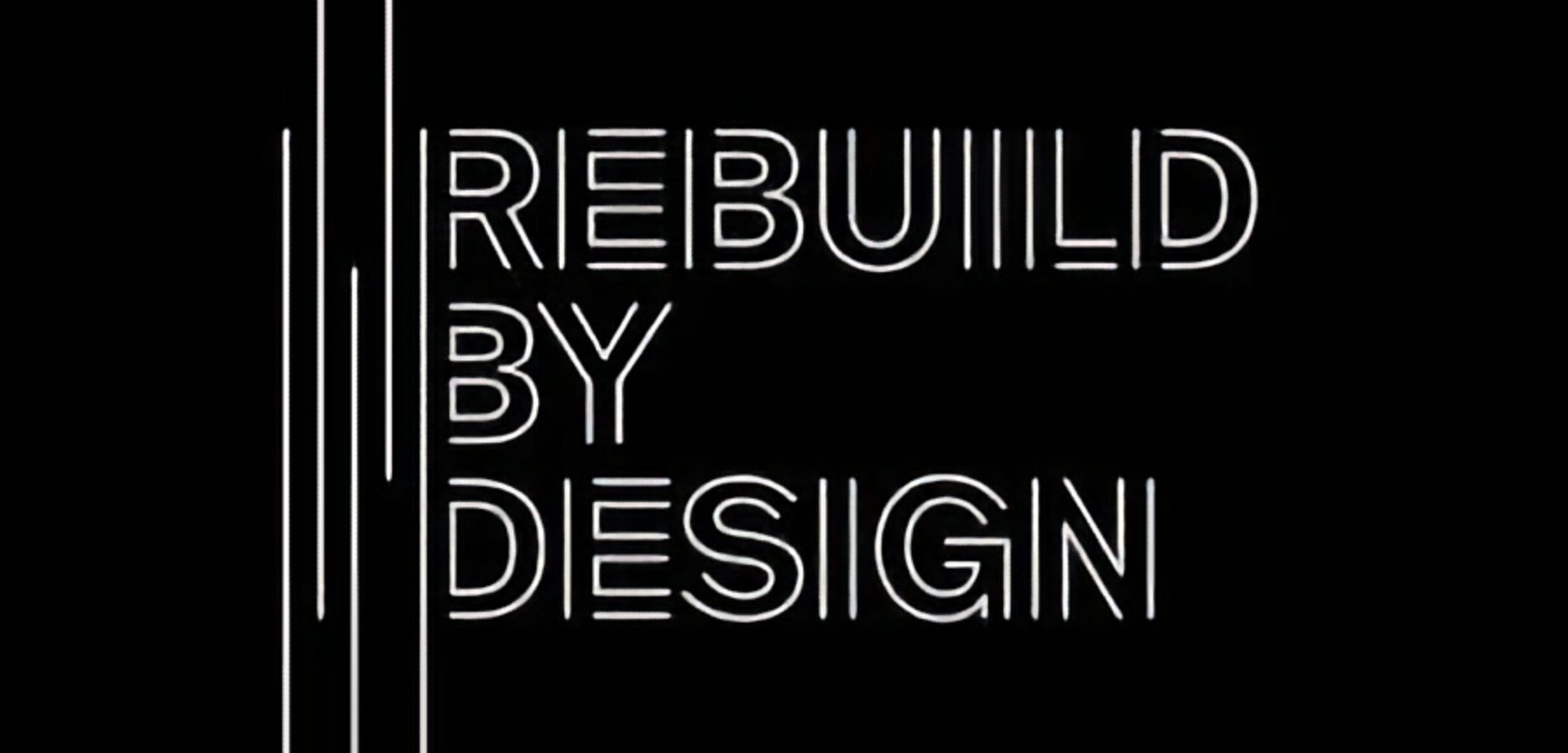
Launched by the Mayor’s Office of Climate & Environmental Justice (MOCEJ), the NYC Department of Environmental Protection (DEP), the NYC Mayor’s Office of Housing Recovery Operations, Rebuild by Design, and One Architecture & Urbanism, the Rainproof NYC working groups bring together individuals and organizations with expertise in various fields to identify strategies and policies to address the increasing rainfall in New York City.
The working groups, co-facilitated and composed of NYC agency staff and community leaders, will meet until summer to identify and recommend strategies and policies to adapt to increased heavy rainfall.
Participants were selected through an open call process based on their lived or professional experience, diversity, and whether they brought a new perspective to this work. Over 300 applicants applied, and ~50 were chosen to partake in this process.
The participants represent:
- All 5 boroughs
- 12 neighborhood organizations
- 21 city, state, or federal nonprofits
- 14 city agencies, 1 state, and 1 federal agency
- 10 + academic, private, or philanthropy
Image credit: Jean Schwarzwalder, NYC DEP
THE GROUPS ARE FOCUSING ON THE FOLLOWING TOPIC AREAS:
WORKING GROUP 1: How can we shift NYC’s policies and priorities to create a comprehensive plan to prepare for increasing rainfall? Address gaps in infrastructure and risk management to protect from and prepare New Yorkers for more intense precipitation.
To learn more about Working Group 1 and see the participants, click here
WORKING GROUP 2: What does an equitable buyout program look like for New York City? Inform the development of the City’s Housing Mobility & Land Acquisition Program.
To learn more about Working Group 2 and see the participants, click here.
WORKING GROUP 3: How can we build capacity among communities, the private sector, and CBO’s to share responsibility of managing increased heavy rainfall? Every drop counts. Build out an education and communications campaign to build the capacities of communities, the private sector, CBO’s, local nonprofits, and other agencies to do their part in managing increasing heavy rainfall.
To learn more about Working Group 3 and see the participants, click here.
WORKING GROUP GOALS
ADAPT TO LIVING WITH WATER by using the output from the symposium to inform a collaborative process to design programs, policies, or projects and an actionable and implementable agenda to catalyze New York City’s work forward to address increasing heavy rainfall.
UTILIZE STAKEHOLDER INPUT, expert advice, and best practices from other localities to inform programmatic components.
CREATE A DEEPER UNDERSTANDING of the intersection of increasing rainfall with climate justice, adaptation, housing, economic impacts, mental health, and social resilience, and a deeper understanding of local challenges and existing and new programmatic solutions.
CREATE A REPLICABLE MODEL of community and government collaboration in policy design
As part of our ongoing work to address increased heavy rain, we are excited to launch a series of events to highlight innovative solutions, lessons learned from global cities, relevant research, new books, and more.
Check out our Rainproof calendar which includes events we have planned, and others we are showcasing. If you have an event that you think should be listed, let us know. Be sure to check back as we will regularly be adding events. If you have an event you would like listed, tell us at info@rebuildbydesign.org.
What does it mean to rainproof New york City?
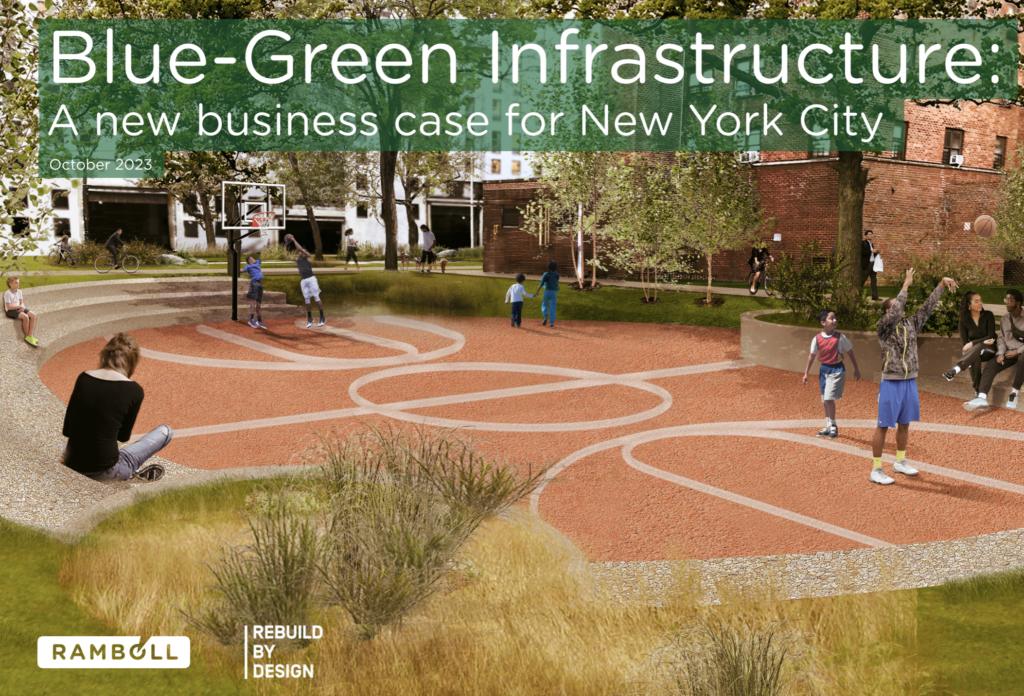
Is Green-Blue infrastructure feasible in New York City? We think so! We therefore asked Ramboll to develop a business case. The study shows that for every $1 invested in Blue-Green Infrastructure in New York City, there is a $2 return on investment.
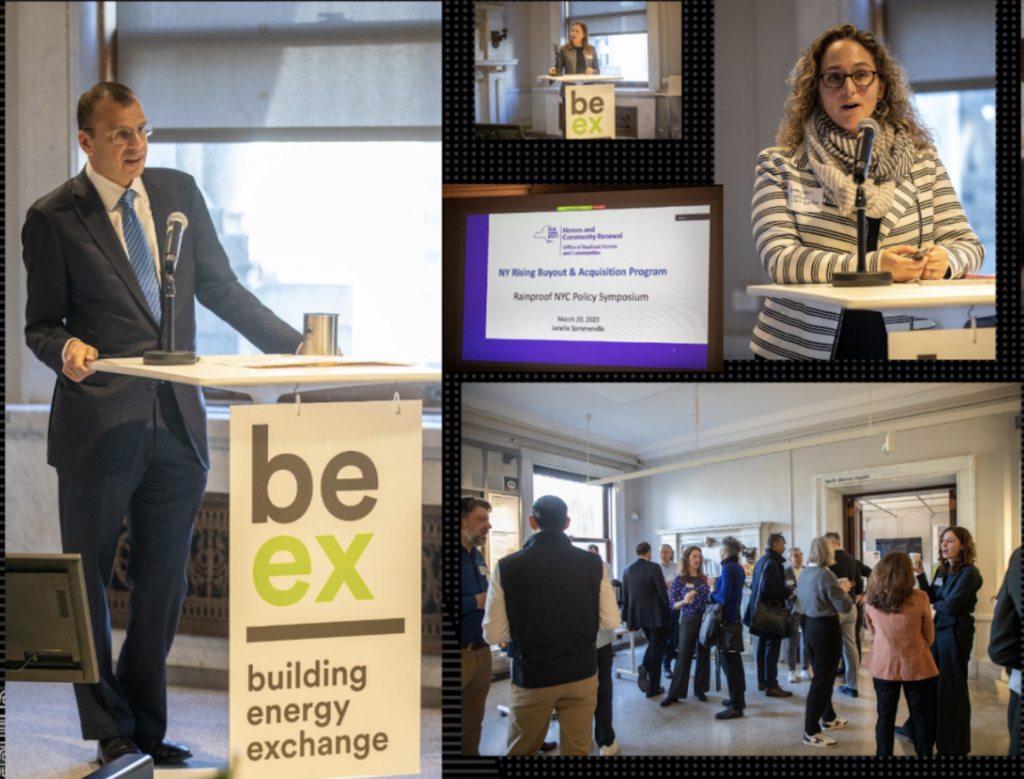
Rebuild by Design, One Architecture & Urbanism, and the NYC Department of Environmental Protection, and NYC Mayor’s Office of Climate & Environmental Justice held a hands-on symposium with dozens of stakeholders, 16 government agencies, and international experts to workshop solutions to drive policy and practices towards a Rainproof NYC.
RECENT PROGRESS ON STORMWATER POLICY
Frequently asked questions
Click on the arrow to view the answer
Launched by the Mayor’s Office of Climate & Environmental Justice (MOCEJ), the NYC Department of Environmental Protection (DEP), the NYC Mayor’s Office of Housing Recovery Operations, Rebuild by Design, and One Architecture & Urbanism, the Rainproof NYC working groups initiative aims to bring together individuals and organizations with expertise in various fields to identify strategies and policies to address the increasing rainfall in New York City, supporting New York City’s PlaNYC: Getting Sustainability Done initiatives, and simultaneously creating benefits for its residents.
In March 2023, Rebuild by Design, One Architecture, and NYC convened government agencies, nonprofit organizations, and international experts to identify the barriers to Rainproofing NYC and the necessary questions to answer in order to plan for a future with more rain. Building on the momentum from this event, Rebuild by Design, One Architecture, and city agencies reconvened to conceptualize collaborative working groups that would work in tandem with ongoing city efforts to address increasing rainfall. The groups seek to bring together knowledge from those inside and outside of government with lived, professional, volunteer, or academic experience in the challenges created by heavy rainfall to put forward holistic solutions that leverage ongoing city initiatives and new funding opportunities.
Applications are closed at this time. We conducted an open call in November 2023 and selected 50 participants to work with 14 City, State and Federal Agencies. If you are interested in becoming involved, email info@rebuildbydesign.org
You can view the selected participants at here.
There will be more opportunities to get involved with Rainproof NYC in various capacities. These opportunities will be announced as they are developed. Check the Rainproof NYC Working Group website periodically for updates or email to rimam@rebuildbydesign.org and let us know how you would like to be involved.
The steering committee consists of Rebuild by Design, One Architecture, the working group co-facilitators, and select City agency staff who are helping coordinate/plan this effort.
The working groups for Rainproof NYC initiative seek to bring together people with different perspectives to address increasing rainfall in New York City. This may include differences in race, ethnicity, gender, and ability. People with all types of experience with heavy rainfall – lived experience, professional, volunteer, academic – are encouraged to apply, though experience working directly on rain issues is not necessary.
Each group will ultimately propose recommendations in a symposium that will recommend implementable policies and programs to address increased heavy rainfall in New York City. Working group members will work with their respective Co-Facilitators to develop and release recommendations to the Mayor’s Office of Climate & Environmental Justice, the New York City Department of Environmental Protection, and the NYC Housing Recovery Operations to inform PlaNYC initiatives. The City has committed to keep all working group members updated at least six months post-process.
RAINPROOF Glossary
GREEN INFRASTRUCTURE (GI) – The range of measures that use plant or soil systems, permeable pavement or other permeable surfaces or substrates, stormwater harvest and reuse, or landscaping to store, infiltrate, or evapotranspirate stormwater and reduce flows to sewer systems or to surface waters. (Water Infrastructure Improvement Act). Green infrastructure systems can reduce stormwater flooding.
NATURAL INFRASTRUCTURE – Uses existing, restored, or enhanced ecosystems to generate infrastructure outcomes either on its own or in combination with built infrastructure. (International Institute for Sustainable Development)
NATURE-BASED SOLUTIONS – Sustainable planning, design, environmental management and engineering practices that weave natural features or processes into the built environment to promote adaptation and resilience. (FEMA)
SMART INFRASTRUCTURE – Uses real time data to inform and deploy systems using sensors, cameras, and other monitoring devices.
STORM SURGE – The rise in seawater level caused solely by a storm. (NOAA)
RETENTION SYSTEM – An area that stores water on a more permanent
basis. such as ponds. reservoirs, and streams.
Steering Committee

ALAN COHN
Senior Policy & Science Advisor, New York City Department of Environmental Protection (DEP)
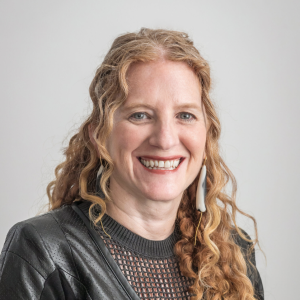
AMY CHESTER
Managing Director, Rebuild by Design
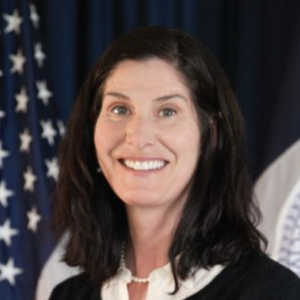
Angela Licata
Deputy Commissioner for Sustainability, New York City Department of Environmental Protection (DEP)
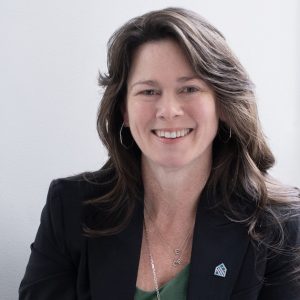
CHRISTIE PEALE
Executive Director, Center for NYC Neighborhoods (CNYCN)
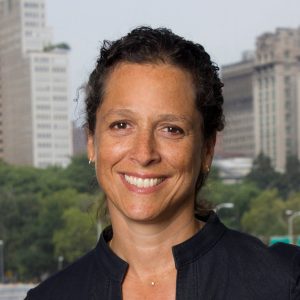
ELIZABETH GREENSTEIN
Chief of Staff, Mayor’s Office of Housing Recovery Operations (HRO)
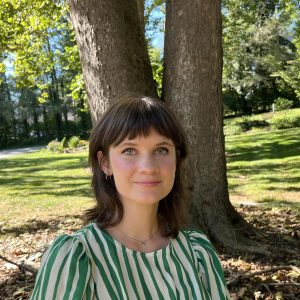
HAYLEY ELSZASZ
Climate Science Advisor, Mayor’s Office of Environmental Justice (MOCEJ)
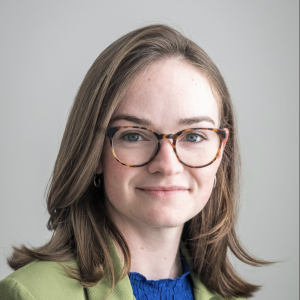
JOHANNA LAWTON
Project Manager, Rebuild by Design
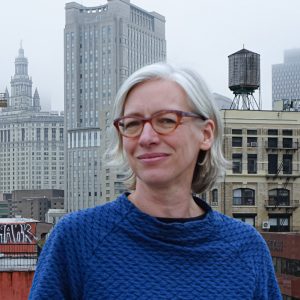
LOT LOCHER
International Director for Climate, One Architecture

MATTHIJS BOUW
Founding Principal, One Architecture
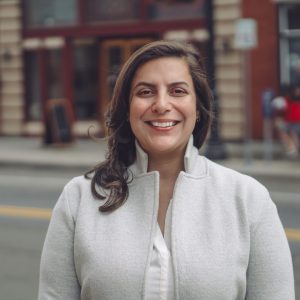
MELISSA ENOCH
Acting Assistant Commissioner for the Bureau of Environmental Planning and Analysis (BEPA), NYC Environmental Protection (DEP)

rifal imam
Rainproof NYC Fellow, Rebuild by Design
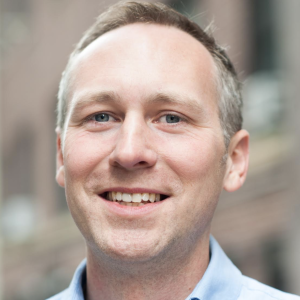
ROBERT FREUDENBERG
Vice President, Energy & Environment, Regional Plan Association (RPA)
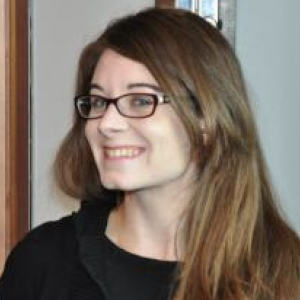
TALLANT BURLEY
Mayor’s Office of Climate & Environmental Justice (MOCEJ)
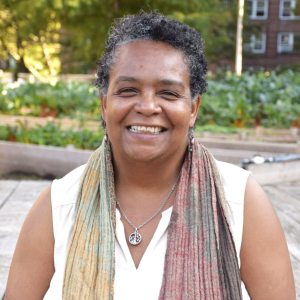
TONYA GAYLE
Executive Director, Green City Force
